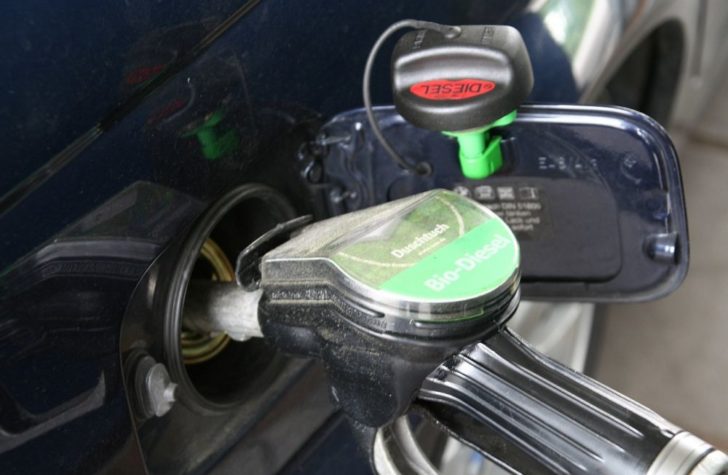E85 in Conventional Gasoline Cars: An In-Depth Look

Introduction:
E85, a biofuel blend consisting of 85% ethanol and 15% gasoline, has gained popularity as a viable alternative to conventional gasoline. In this article, we will provide a comprehensive overview of E85 in conventional gasoline cars, exploring its types, popularity, quantitative measurements, differences between blends, historical advantages and disadvantages, and finally, the decisive factors for car enthusiasts when purchasing a vehicle.
1. An Overview of E85 in Conventional Gasoline Cars:

E85, also known as flex fuel, has become an attractive option for car owners seeking a greener and cost-effective alternative. This section will delve into the basics of E85, explaining its composition, compatibility with conventional gasoline cars, and environmental benefits.
2. Extensive Presentation of E85 in Conventional Gasoline Cars:
We will delve into the various types of E85 available, such as different ethanol-gasoline blends and their characteristics. Additionally, we will shed light on the popularity of E85 among car owners and manufacturers, discussing the rise in flex-fuel vehicle models and the availability of E85 fueling stations.
3. Quantitative Measurements of E85 in Conventional Gasoline Cars:
This section will explore quantitative data related to E85 and its impact on conventional gasoline cars. We will examine factors such as fuel efficiency, power output, emissions, and potential effects on engine performance. Empirical measurements and studies will be presented to provide readers with robust data.
4. Discussion on the Differences Between E85 Blends:
E85 comes in various blends, and this section will discuss the differences between them. We will analyze the effects of blending ratios on performance, mileage, and emissions. By comparing different blends, readers will gain a deeper understanding of the advantages and potential drawbacks of specific E85 mixtures.
5. Historical Review of Advantages and Disadvantages:
E85 has evolved over time, and this section will offer a historical perspective on the advantages and disadvantages associated with its usage. We will explore early challenges faced by E85 users compared to recent advancements and improvements. This analysis will provide readers with a comprehensive understanding of the long-term benefits and drawbacks of adopting E85.
6. Decisive Factors for Car Enthusiasts:
Car enthusiasts prioritize specific factors when purchasing a vehicle. This section will focus on discussing the most crucial decision-making factors such as performance, cost, availability, environmental impact, and support from car manufacturers. By addressing these aspects, readers can make informed decisions when considering E85 in a conventional gasoline car.
Conclusion:
E85 in conventional gasoline cars offers a promising alternative for car owners seeking a greener fuel option. In this article, we have provided a detailed exploration of the topic, covering its overview, different types, quantitative measurements, differences between blends, historical advantages and disadvantages, as well as the decisive factors for car enthusiasts. By offering a rich understanding of E85, we aim to equip readers with the information necessary to evaluate its suitability for their needs and contribute to a sustainable automotive industry.
() E85 in Conventional Gasoline Cars: An In-Depth Look
(H2) I. An Overview of E85 in Conventional Gasoline Cars
– Composition and compatibility
– Environmental benefits
(H2) II. Extensive Presentation of E85 in Conventional Gasoline Cars
– Types and characteristics
– Popularity and availability
(H2) III. Quantitative Measurements of E85 in Conventional Gasoline Cars
– Fuel efficiency and power output
– Emissions and engine performance
(H2) IV. Discussion on the Differences Between E85 Blends
– Effects of blending ratios
– Performance, mileage, and emissions
(H2) V. Historical Review of Advantages and Disadvantages
– Early challenges and recent advancements
– Long-term benefits and drawbacks
(H2) VI. Decisive Factors for Car Enthusiasts
– Performance, cost, and availability
– Environmental impact and manufacturer support

















